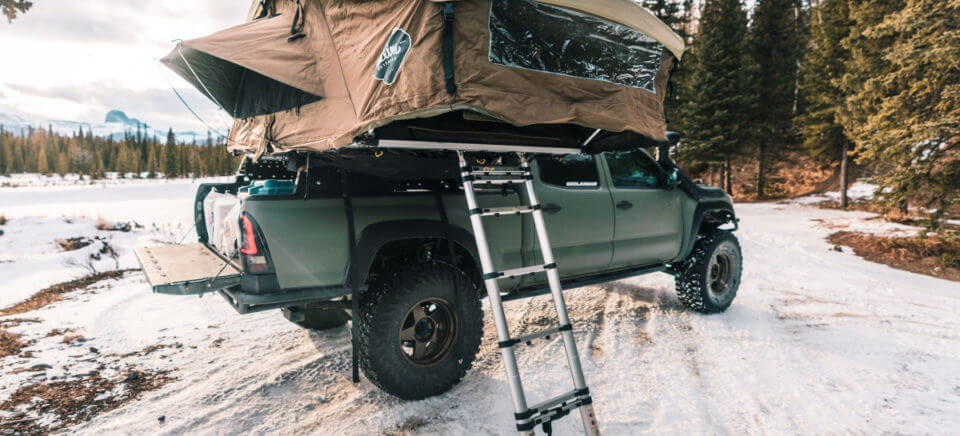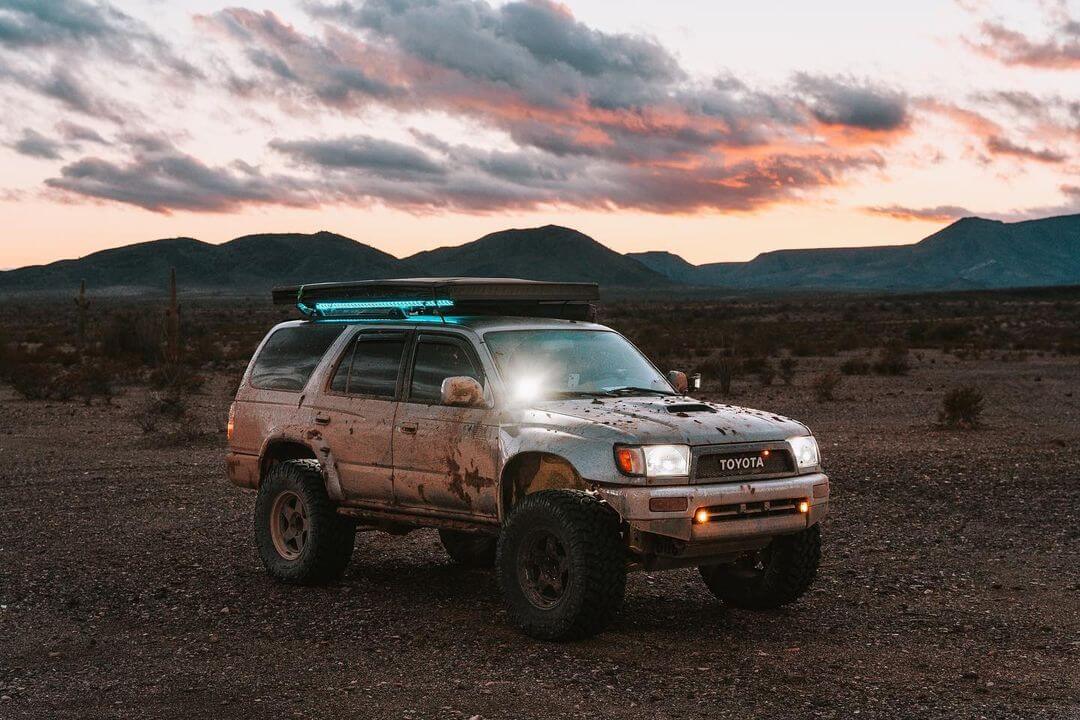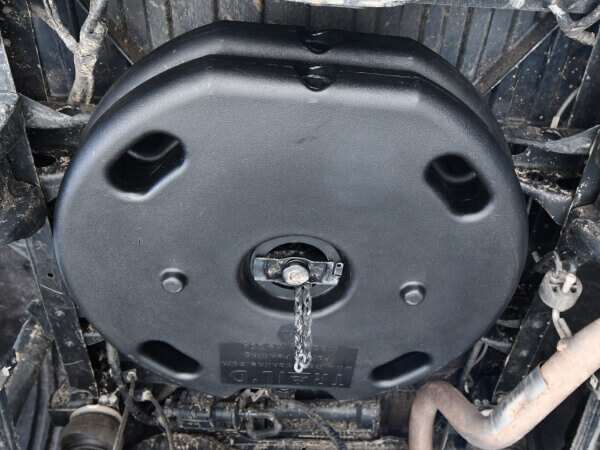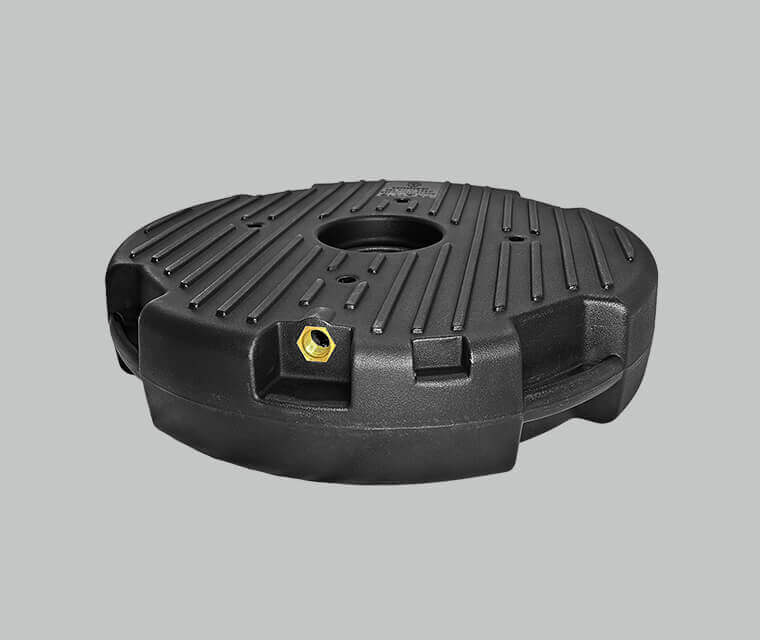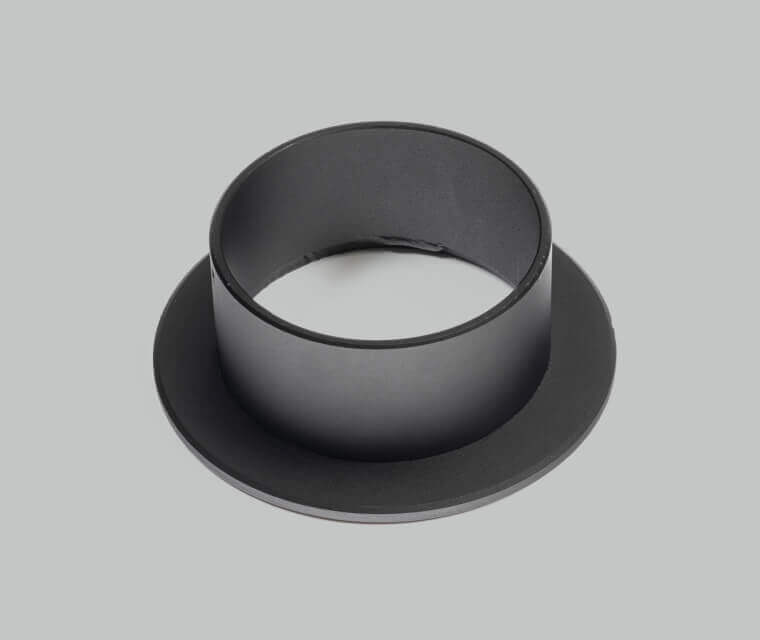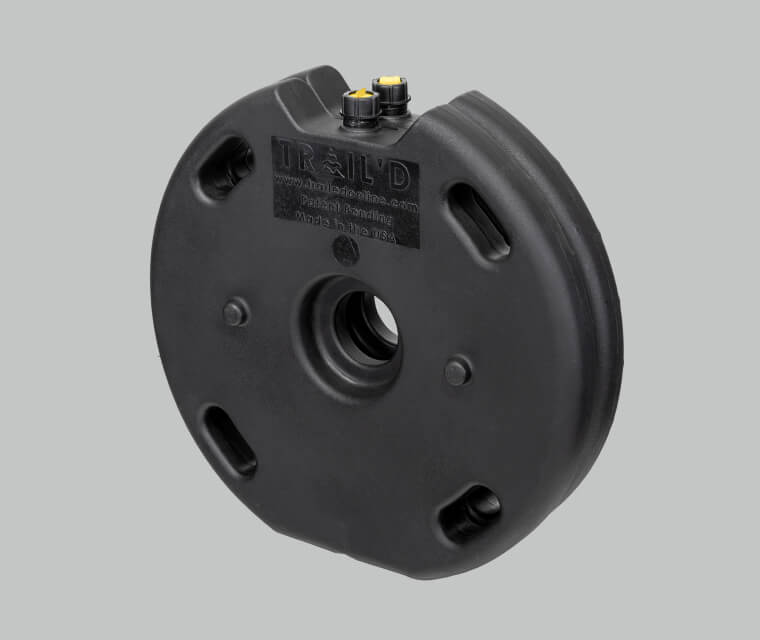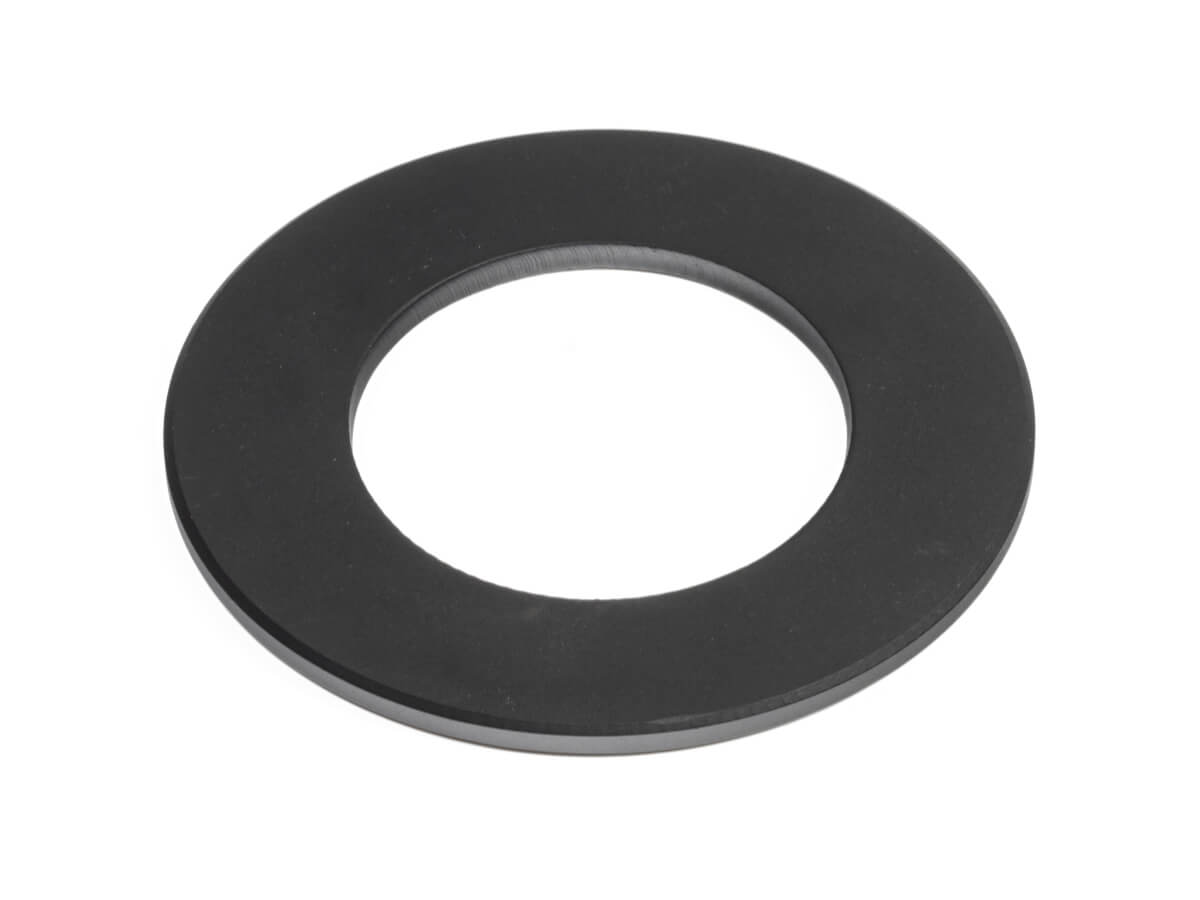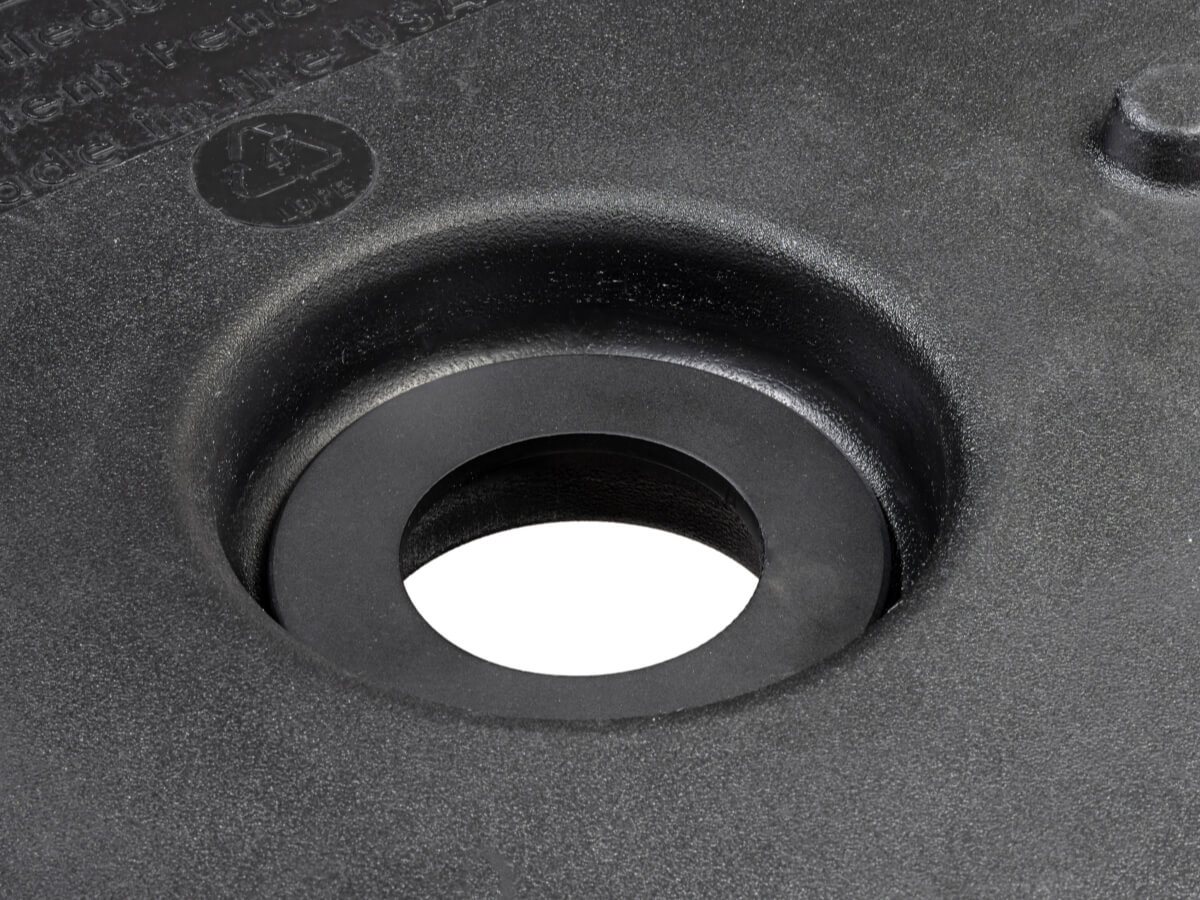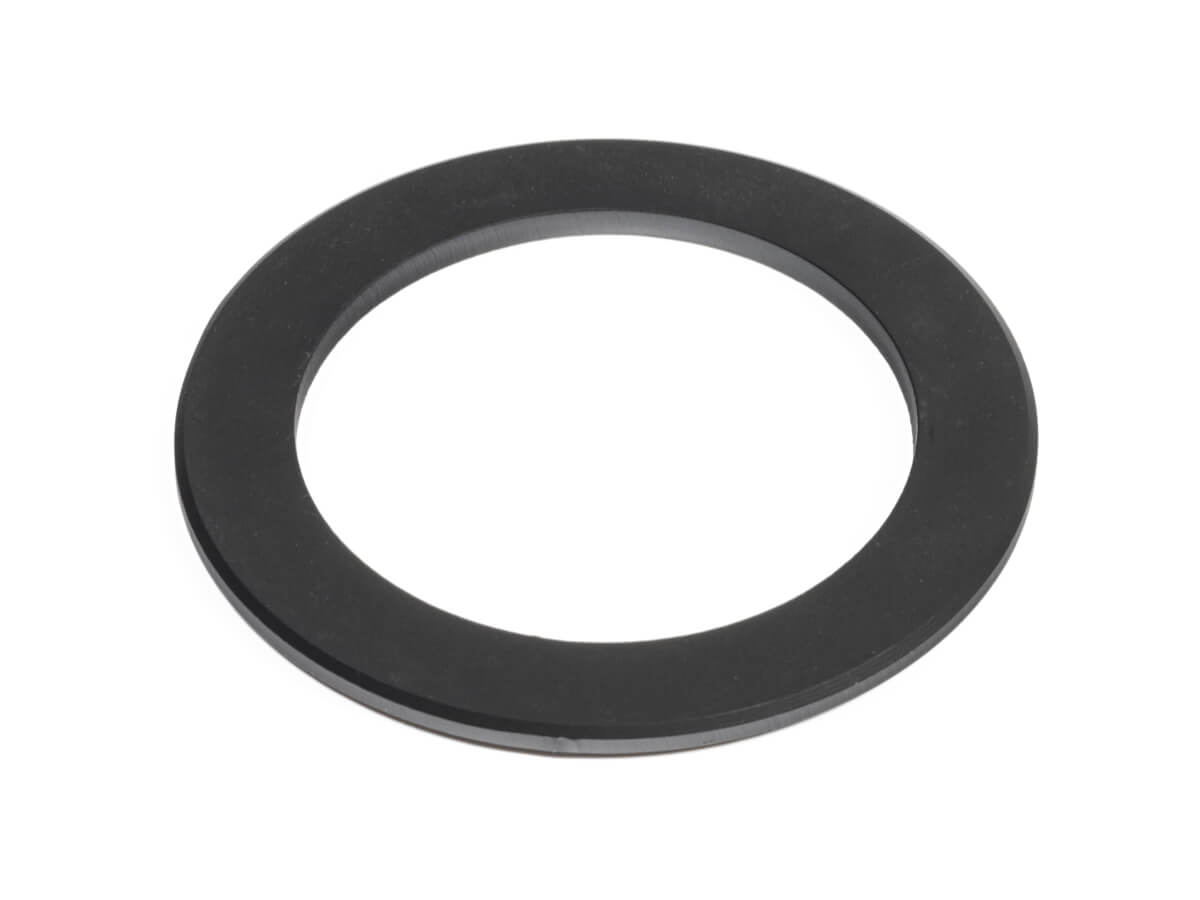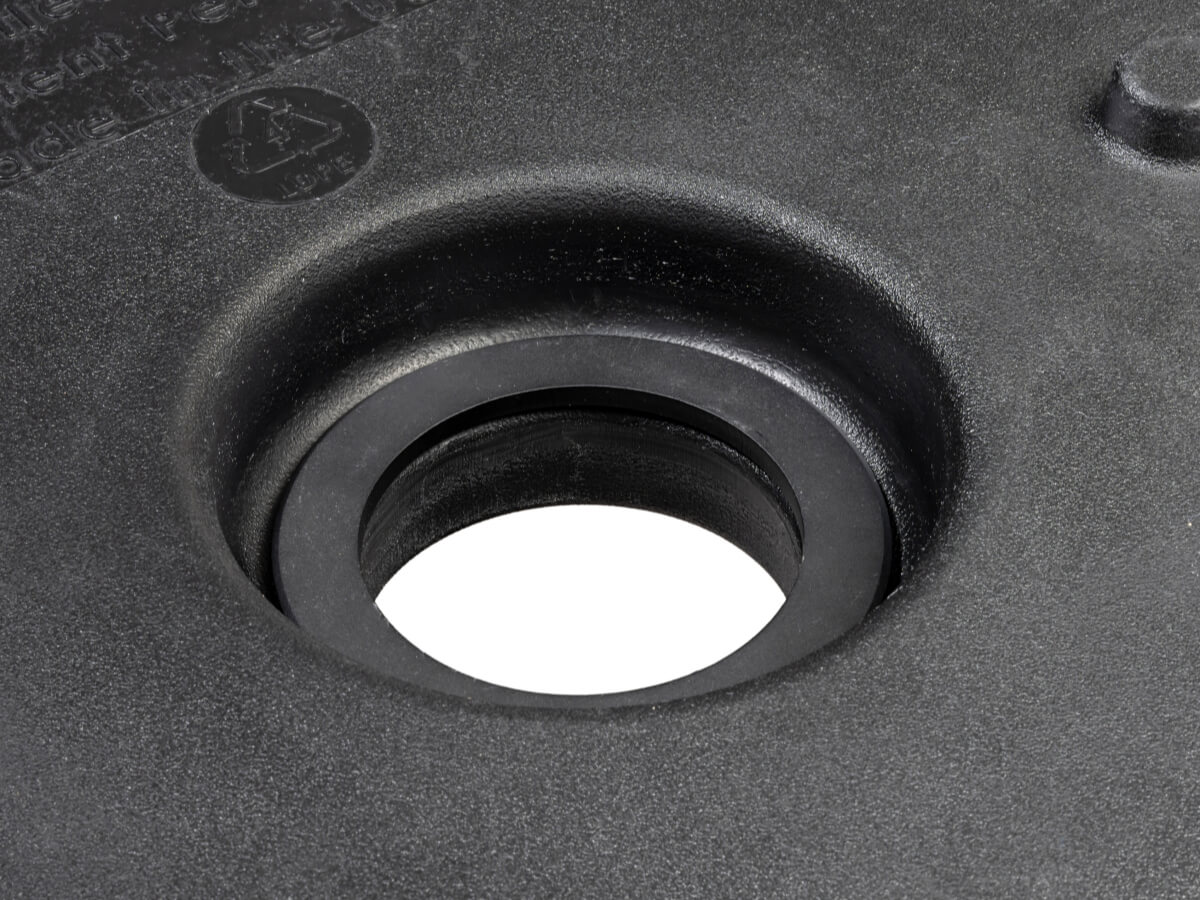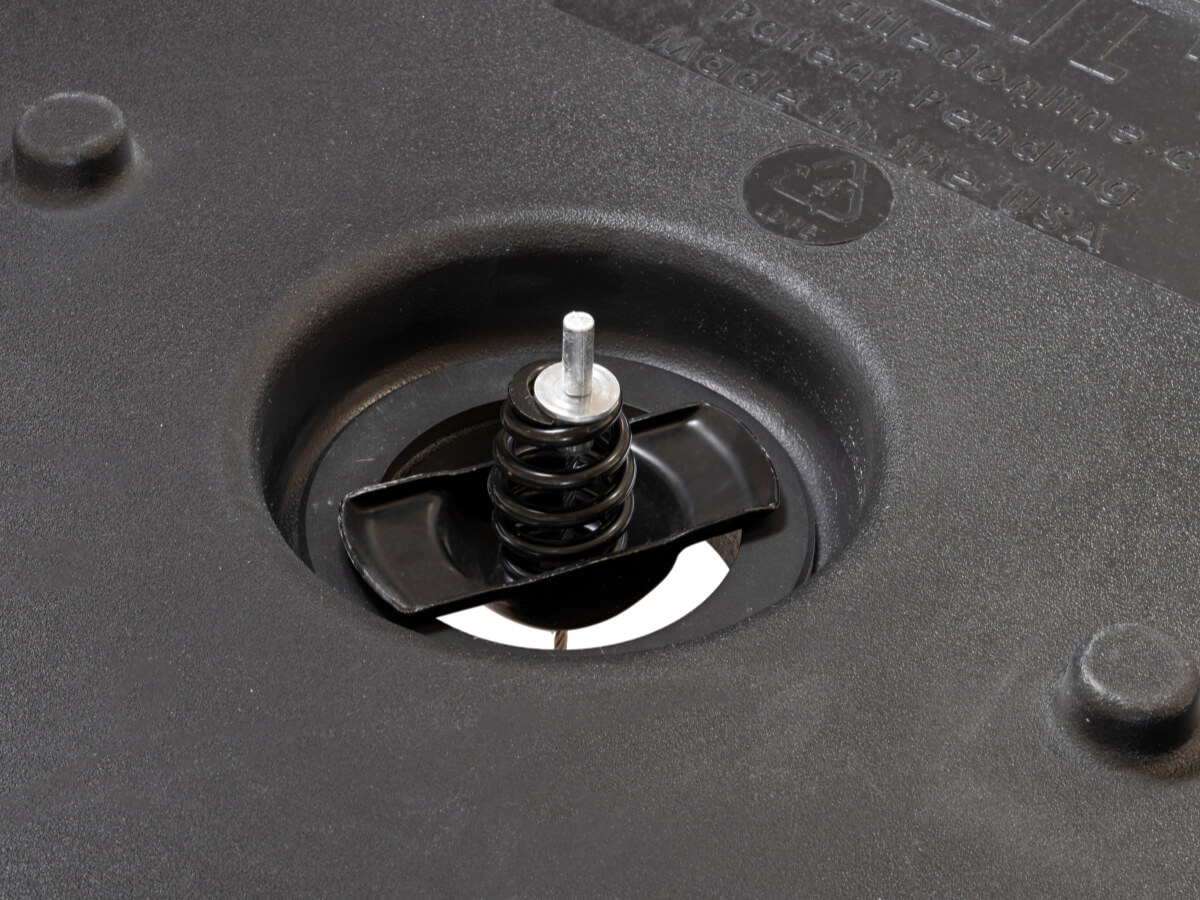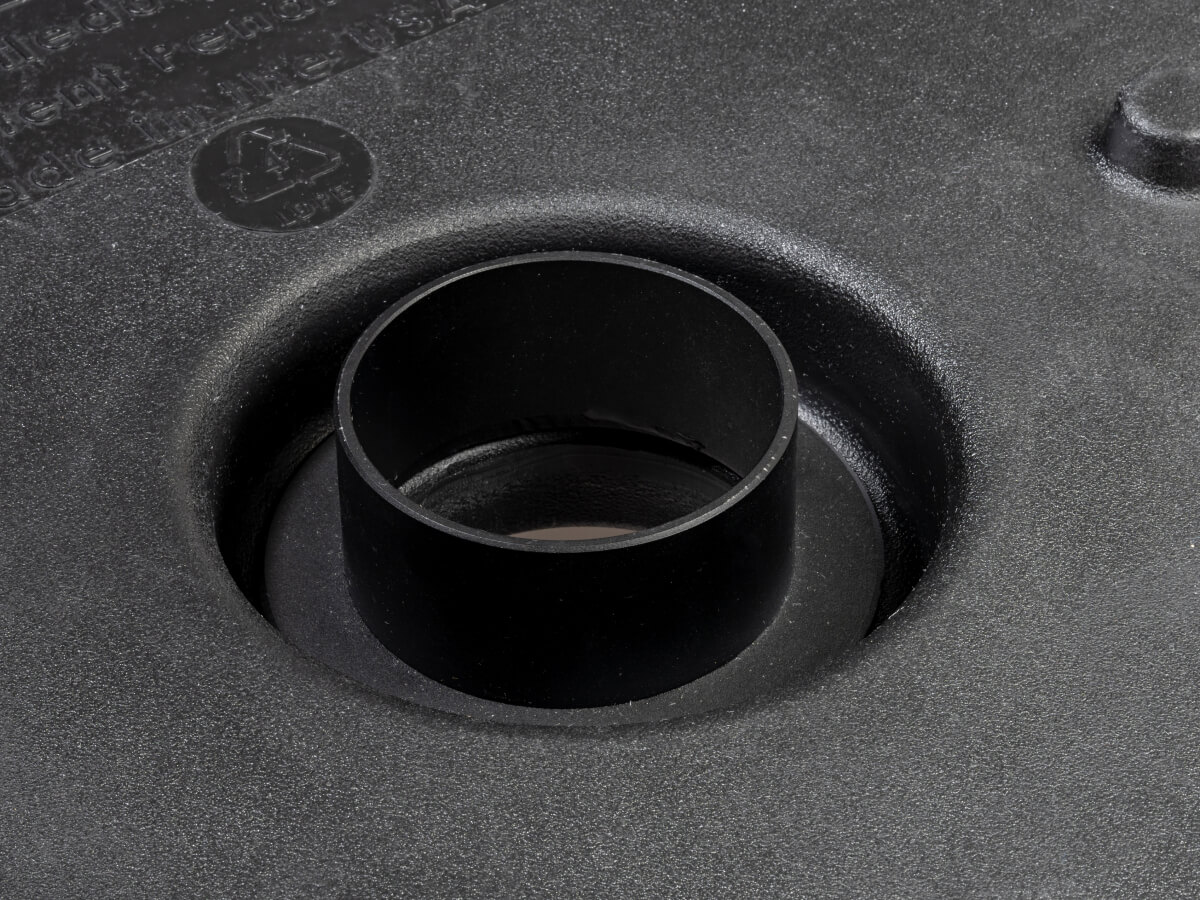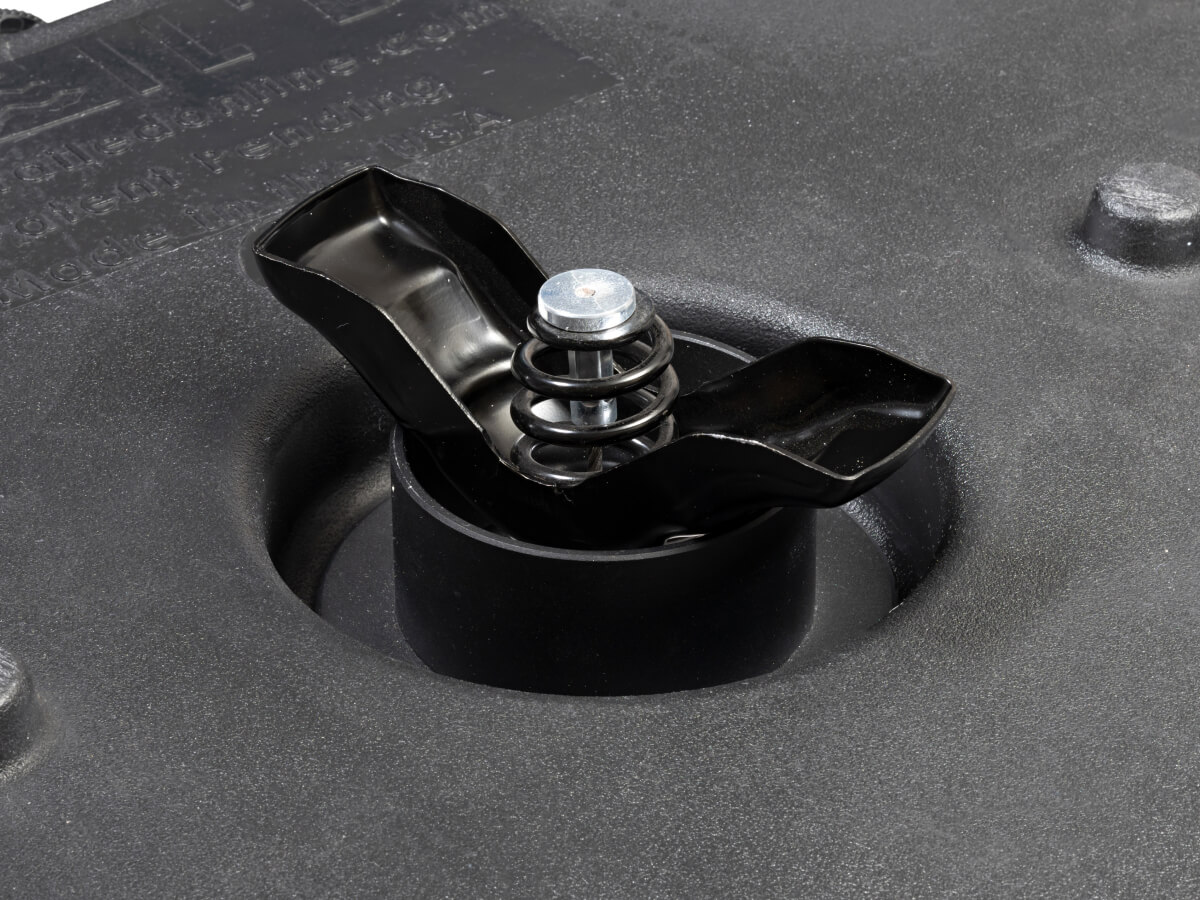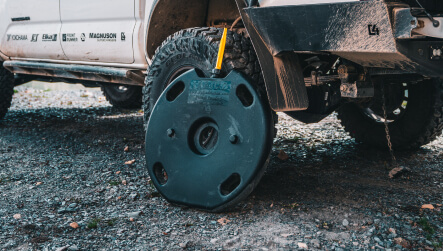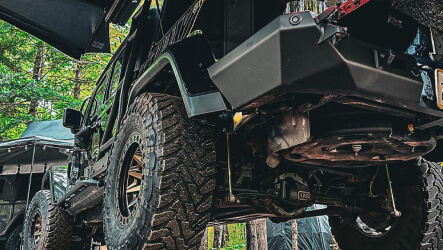In this post we are going to give you a more in-depth overlanding checklist – we touched on this in the “What is overlanding?” post.
If you are brand new to overlanding it helps to have a checklist that you can use and adapt to your personal needs.
Some of the items we list below may appear to be obvious but by having a read you can save yourself a lot of time – plus it could also make a difference to the enjoyment of your trip.
Let us have a look at what you need for an Overlanding trip:
First up – the vehicle
An off-road capable vehicle: Choose a vehicle that’s capable of handling rough terrain and has four-wheel drive.
Some of the common vehicles for overlanding are:
- Toyota 4Runner: The 4Runner is a popular choice for overlanding because of its durability, off-road capability, and spacious interior.
- Jeep Wrangler: The Wrangler is a classic off-road vehicle that’s highly capable and versatile. It’s also easy to modify and customize for specific overlanding needs.
- Land Rover Defender: The Defender is a highly capable off-road vehicle that’s known for its durability and reliability. It’s also spacious and has a lot of storage space.
- Ford F-150 Raptor: The Raptor is a high-performance truck that’s designed for off-road use. It has a lot of power and can handle rough terrain with ease.
There are more vehicles you can use for overlanding but the above will give you some of the most common and great for beginners.
Camping gear
Pack a tent, sleeping bags, sleeping pads, camp chairs, and a table.
- For the tent – recommendations on what to look for with overlapping:
- Durability: Overlanding tents should be able to withstand harsh weather conditions, including wind, rain, and extreme temperatures. Look for tents made of durable materials such as ripstop nylon or polyester.
- Size: Consider the size of the tent, including its height, width, and length. It should be able to comfortably accommodate you and any other occupants, as well as your gear.
- Setup: Choose a tent that’s easy to set up and take down, especially if you plan to move frequently. Some tents come with features such as pre-attached poles or color-coded clips that make setup a breeze.
- Ventilation: Good ventilation is important for staying comfortable in warmer weather conditions. Look for tents with mesh windows or vents that can be opened to allow for airflow.
- Waterproofing: Look for tents with a waterproof rainfly and floor to keep you dry during rainstorms.
Food and water supplies
Bring enough food and water for the duration of your trip. Consider bringing non-perishable items and a water filter or purification tablets.
Fuel
Bring extra fuel cans if necessary and keep your fuel tank full.
Of course, we highly recommend the Trail’d tank for water storage.
Navigation tools
Bring a GPS, maps, and a compass. To make this even easier use the Onx App that will give you up to date maps, works offline and also has a GPS.
When you are shopping for a GPS try and get one that has the following features for overlanding:
- Off-road maps: Look for a GPS that has detailed off-road maps, including topographic maps and satellite imagery. These maps should show roads, trails, and landmarks, as well as terrain features such as elevation and water sources.
- Waypoints and tracks: A good overlanding GPS should allow you to mark and save waypoints and tracks, which can be useful for planning routes and navigating back to key locations.
- Customization: Choose a GPS that allows you to customize the settings and display to fit your preferences and needs. This may include things like screen brightness, font size, and map orientation.
- Connectivity: Consider a GPS that has wireless connectivity, such as Bluetooth or Wi-Fi, which can allow you to download maps, updates, and other data.
NOTE: With any purchase of the Trail’d tank – you will get 2 months free use of OnX Off Road Elite which will give you all your trails, the ability to save maps, you will be able to track your trips, and even share with friends.
First aid kit and emergency supplies
Pack a comprehensive first aid kit, a fire extinguisher, and a tire repair kit.
Basic vehicle maintenance tools
Bring a set of basic tools, such as a socket set, screwdrivers, pliers, and wrenches.
These basic tools can make all the difference if you have to replace a fuse or check the vehicle.
Adequate clothing and gear
Bring appropriate clothing and gear for the conditions you’ll encounter, such as cold weather gear, rain gear, and sturdy shoes or boots.
Here is how we recommend you organize your clothing for overlanding:
- Base layers: Start with a moisture-wicking base layer to keep you dry and comfortable. This can be a long-sleeve shirt and pants made of synthetic materials like polyester or merino wool.
- Insulating layers: Bring a fleece or insulated jacket for colder weather. It’s also a good idea to have a puffy jacket for extreme cold.
- Outer layers: A waterproof and windproof shell jacket and pants are essential for staying dry and protected from the elements.
- Pants: Opt for durable pants that can withstand rough terrain and protect your legs from scrapes and bites. Cargo pants or hiking pants made of nylon or similar material are good options.
- Footwear: Choose sturdy, comfortable boots that can handle rough terrain and protect your feet. Hiking boots or trail runners with good traction are ideal.
- Socks: Bring several pairs of moisture-wicking socks to keep your feet dry and comfortable.
- Hats: A wide-brimmed hat can provide shade and protect your face and neck from the sun. A beanie or wool hat can keep you warm in colder weather.
- Gloves: Bring a pair of insulated gloves or mittens for colder weather. You may also want to bring lightweight gloves for handling equipment or navigating your GPS.
- Sunglasses: Protect your eyes from the sun with a pair of polarized sunglasses.
- Communication devices: Bring a cell phone, two-way radios, or a satellite phone.
Additional gear and equipment
Depending on your needs and preferences, you may want to bring equipment, such as a portable shower, a portable toilet, a generator, or a solar panel. You can also extend the Trail’d tank to use this for a portable shower – we will show you how in a following blog post.
It’s important to plan your overlanding trip carefully and to be prepared for unexpected situations. Make sure to test your gear and equipment before your trip and to pack strategically to ensure that you have everything you need without overpacking.
By following this checklist, you’ll be well-equipped for your overlanding adventure and ready to explore the great outdoors.
Here at Trail’d we want to make sure you enjoy your next adventure. Bear in mind the above checklist is just a guide and the items you take will differ depending on the duration of your journey and the difficulty of the trail.
Enjoy and see you out on the trails real soon…

